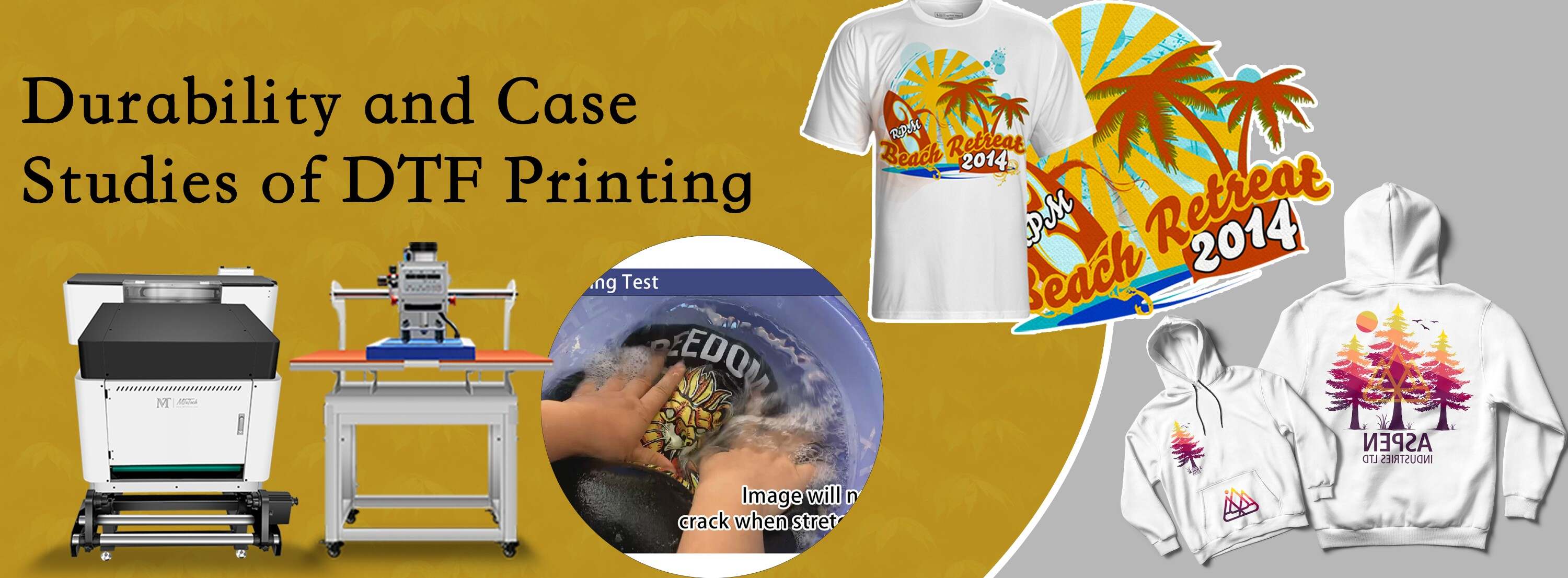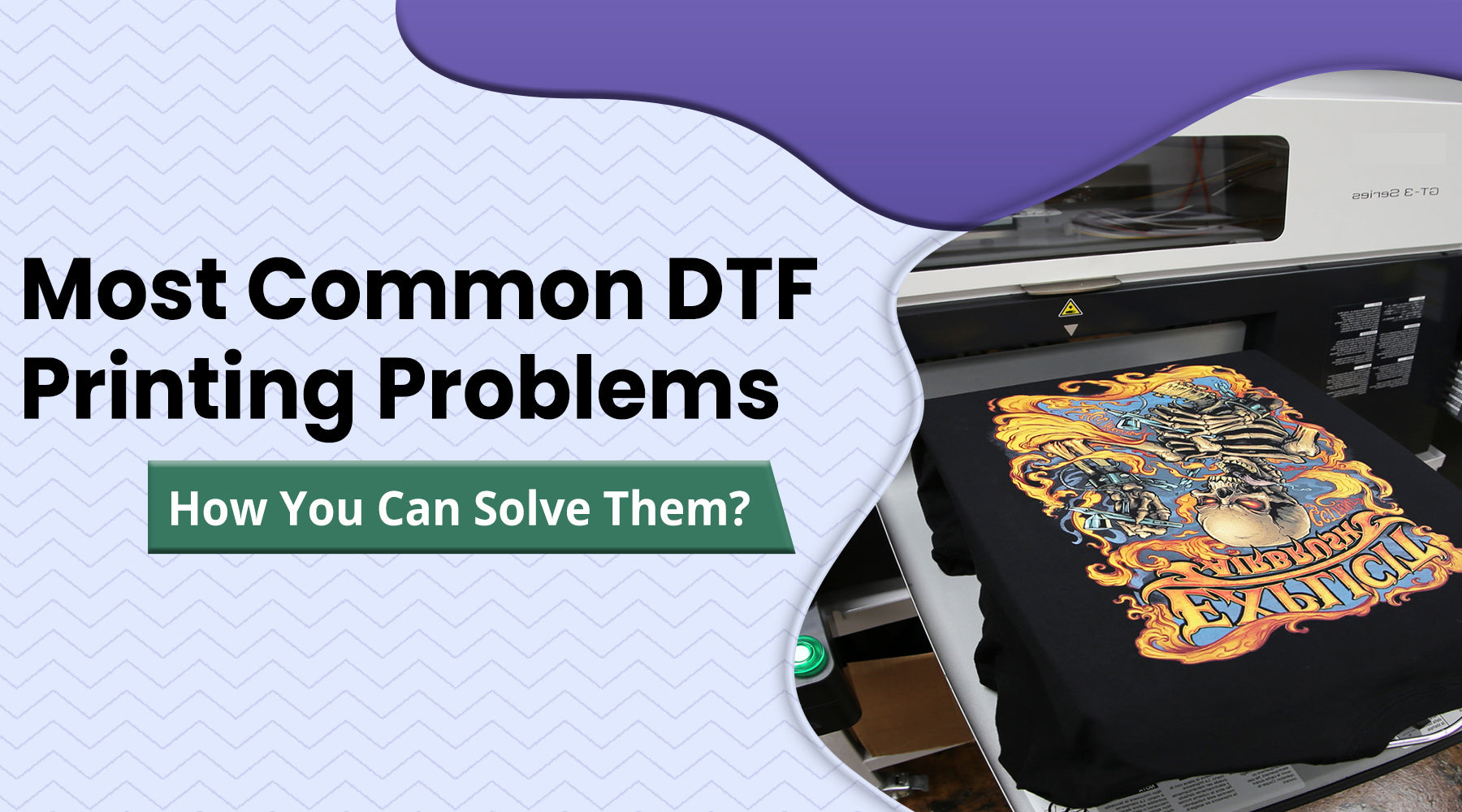The Future of Fashion: Checking Out DTF Printing Technology in the Textile Sector
Among these improvements, Straight to Movie (DTF) printing modern technology has actually arised as an encouraging contender, offering distinct capabilities and chances for designers and producers alike. This advanced printing technique has stimulated rate of interest due to its prospective to reinvent standard textile printing processes.
Evolution of Textile Printing
From the ancient human beings making use of methods like block printing to the digital change of today, textile printing has actually continuously pushed borders. As the craft spread to other parts of the globe, new techniques such as display printing and roller printing emerged throughout the Industrial Revolution, transforming the textile industry.
The intro of digital textile printing in the late 20th century noted a substantial shift towards even more lasting and versatile printing approaches. The advancement of textile printing showcases a rich history of imagination, resourcefulness, and technical progress in the globe of style and design.
Benefits of DTF Technology
With the development of fabric printing strategies from old approaches like block printing to modern developments such as digital printing, the intro of Direct-to-Fabric (DTF) innovation has actually dramatically boosted the efficiency and sustainability of textile printing processes. One of the main advantages of DTF innovation is its capability to straight print styles onto material without the requirement for transfer papers, which minimizes waste and simplifies the manufacturing procedure. Furthermore, DTF printing enables higher color vibrancy and detail precision compared to traditional methods, enabling textile manufacturers to develop high-quality and intricate layouts with convenience.
In addition, DTF modern technology is understood for its adaptability, as it can be utilized on various kinds of textiles, including natural fibers like silk, wool, and cotton, in addition to synthetic products such as polyester and nylon (DTF Printing). This versatility opens up a wide array of possibilities for designers and suppliers to experiment with various appearances and materials, leading to even more one-of-a-kind and ingenious products in the style industry. On the whole, the application of DTF technology stands for a significant advancement in fabric printing, providing numerous benefits that add to the future sustainability and imagination of the industry
Sustainability in vogue Production
Stressing environment-friendly practices is vital in contemporary fashion manufacturing, lining up with the expanding consumer demand for lasting products. Recently, the apparel industry has actually dealt with raising examination as a result of its significant ecological impact, consisting of extreme water use, chemical pollution, and fabric waste. As a feedback, several fashion brand names are currently incorporating lasting techniques into their production procedures to decrease harm to the atmosphere.
Sustainability in vogue manufacturing encompasses different facets, such as making use of recycled and organic materials, lowering power consumption, executing honest labor techniques, and advertising transparency throughout the supply chain. Additionally, improvements in modern technology, like DTF printing, deal opportunities to even more improve sustainability in fabric production. This modern technology enables accurate printing on materials, minimizing ink wastefulness and water usage compared to standard printing methods.
Style Flexibility and Customization

Additionally, DTF printing helps with modification on a scale formerly unattainable, allowing for customized clothing and special items tailored to private choices. In general, DTF printing modern technology transforms the layout landscape in the textile industry, supplying unlimited opportunities for creative expression and individualized fashion.
Effect on Supply Chain & Market Trends
DTF printing technology in the textile sector is reshaping supply chain dynamics and affecting market fads through its efficiency and personalization capacities. By making it possible for on-demand printing and eliminating the need for large stocks, DTF innovation enhances the supply chain procedure. Suppliers can generate items as needed, reducing waste and storage costs. This just-in-time production model likewise enables for quicker action to market needs and patterns, causing an extra receptive and active supply chain.
Furthermore, the customization possibility of DTF printing innovation is transforming the market fads in the textile industry. Customers progressively look for personalized and one-of-a-kind products, and DTF allows brand names to offer custom styles cost-effectively. This modification ability not only boosts customer satisfaction however also opens new chances for companies to deal with niche markets and separate themselves from competitors. Because of this, DTF technology is driving a change towards even more customer-centric and innovative approaches within the fabric sector, shaping the future of style.

Verdict
In conclusion, DTF printing innovation is revolutionizing the textile market by supplying many advantages such as layout sustainability, customization, and flexibility. This cutting-edge technology is reshaping the future of fashion manufacturing, influencing supply chains, and driving market fads in link the direction of much more eco-friendly and efficient practices. As the industry continues to develop, DTF printing will play an important function fit the method fabrics are created and eaten in the years to find.
From look at this site the ancient people utilizing methods like block printing to the electronic transformation of today, textile printing has continually pressed borders. As the craft spread to various other parts of the world, new approaches such as display printing and roller printing emerged during the Industrial Revolution, revolutionizing the fabric sector.
The intro of digital textile printing in the late 20th century noted a considerable shift towards even more flexible and sustainable printing approaches.With the development of textile printing techniques from old techniques like block printing to modern technologies such as electronic printing, the introduction of Direct-to-Fabric (DTF) modern technology has actually considerably enhanced the performance and sustainability of textile printing processes (DTF Printing).In feedback to the necessary shift in the direction of sustainability in style production, the fostering of innovative modern technologies like DTF printing not only addresses ecological issues but likewise opens up avenues for unmatched style liberty and personalization in the fabric market